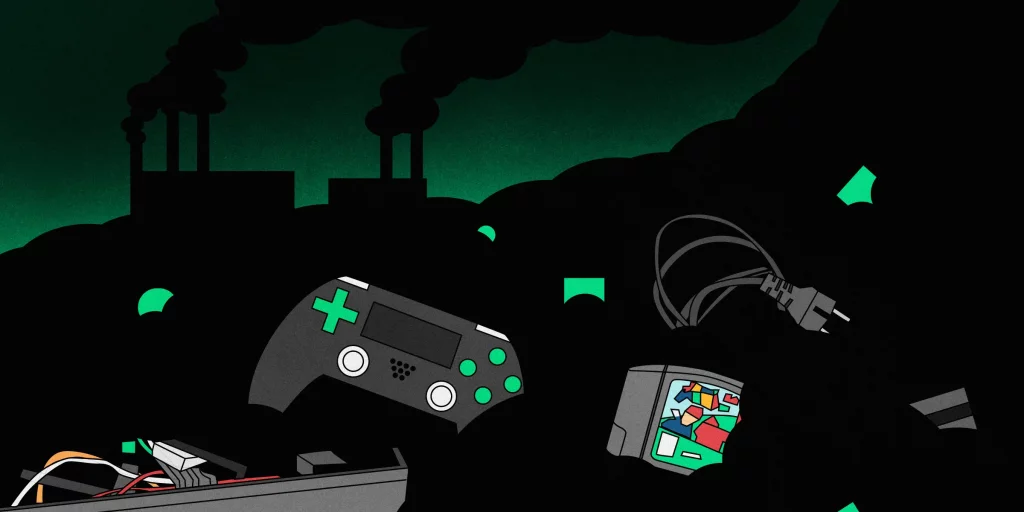The gaming business is growing. There will be 2.69 billion players worldwide by the end of 2020. While studies have shown that gaming may have numerous personal advantages, such as greater physical dexterity, increased social skills, and stress reduction, it’s worth exploring its environmental implications – and if anything needs to change.
According to some academics, the video game industry is a sustainability nightmare. Everything from the games to how they’re created, distributed, and marketed contributes to a big carbon footprint. Climate change may be exacerbated by digital gaming. Most games are played online and use a lot of data, contributing to “internet pollution,” which accounts for around 3.7% of world greenhouse gas emissions.
The industry continues to expand rapidly, and many platforms like https://www.gambleonlineaustralia.com/casino/new/ presents new opportunities for every type of gamer. So, what can gamers, developers, and manufacturers do to guarantee the video gaming industry has a greener future, and what has to be done to encourage good environmental changes?
The Video Gaming Industry’s Environmental Impacts
The manufacturing process is one of the most serious issues with gaming consoles and physical games. For manufacture, consoles depend on mined resources such as copper, nickel, gold, zinc
In recent years, there has been debate over how and where these resources are mined. Some have been proven untraceable. Some businesses have seen issues related to human rights violations and environmental cases. But it’s not all horrible. Companies such as Nintendo have attempted to avoid mining from contentious nations but have received inconsistent results from their suppliers.
Mining has a significant environmental impact. The process emits billions of kilos of CO2 from extraction through manufacturing into the atmosphere. Since its debut in 2015, the Sony Playstation 4 has generated 8.9 billion kg CO2 emissions.
While most game companies have made efforts to enhance their sustainability by making their goods more energy-efficient and easy to recycle, it is a difficult struggle.
PC gamers and players who stream and use cloud storage demand higher energy consumption – a console, on average, consumes 156% more energy when cloud gaming vs local gaming – while also contributing to sustainable initiatives such as Games as a Service and digital subscriptions. These advances do not reduce energy use, but they contribute fewer amounts of waste to landfills.
What Action Can the Gaming Industry Take?
While individual gamers influence the industry’s sustainability, manufacturers must make greater progress in their environmental initiatives. This encompasses anything from more environmentally friendly packaging to ethical mining.
Some studios, such as Space Ape, have already pledged to become “carbon neutral.” They’ve undertaken tactics such as providing a shuttle bus to work, switching energy suppliers, and providing more recycling bins. They are minor improvements, but if every big game industry implemented them, the industry could be on the cutting edge of energy conservation rather than falling behind.
There are other charitable organizations, such as Playing for the Planet. Many industrial businesses have joined this specific endeavor to combat climate change. They have so pledged to promote the global environmental agenda. This involves anything from recycling plastic in their goods to offsetting carbon emissions by planting trees all around the globe.
Because so many prominent “players” have joined this alliance, they have the honor and obligation of sharing their work with their respective audiences, which should have a beneficial global influence.
For the time being, it’s a bit of a waiting game to see how the industry will turn. But it’s heartening to see so many major personalities advocating for change, recognizing the difficulties, and working to build a greener gaming future.

